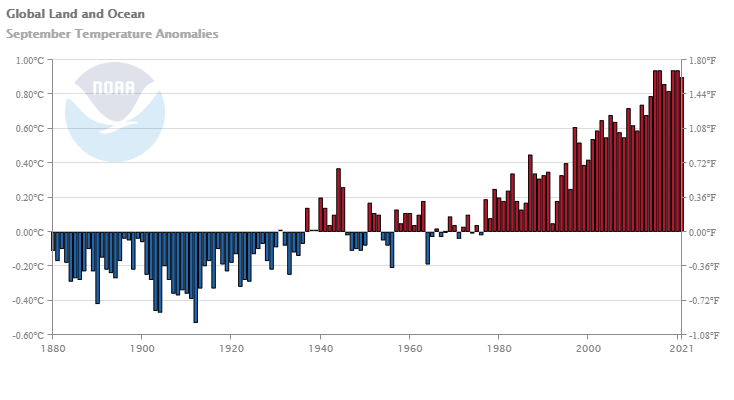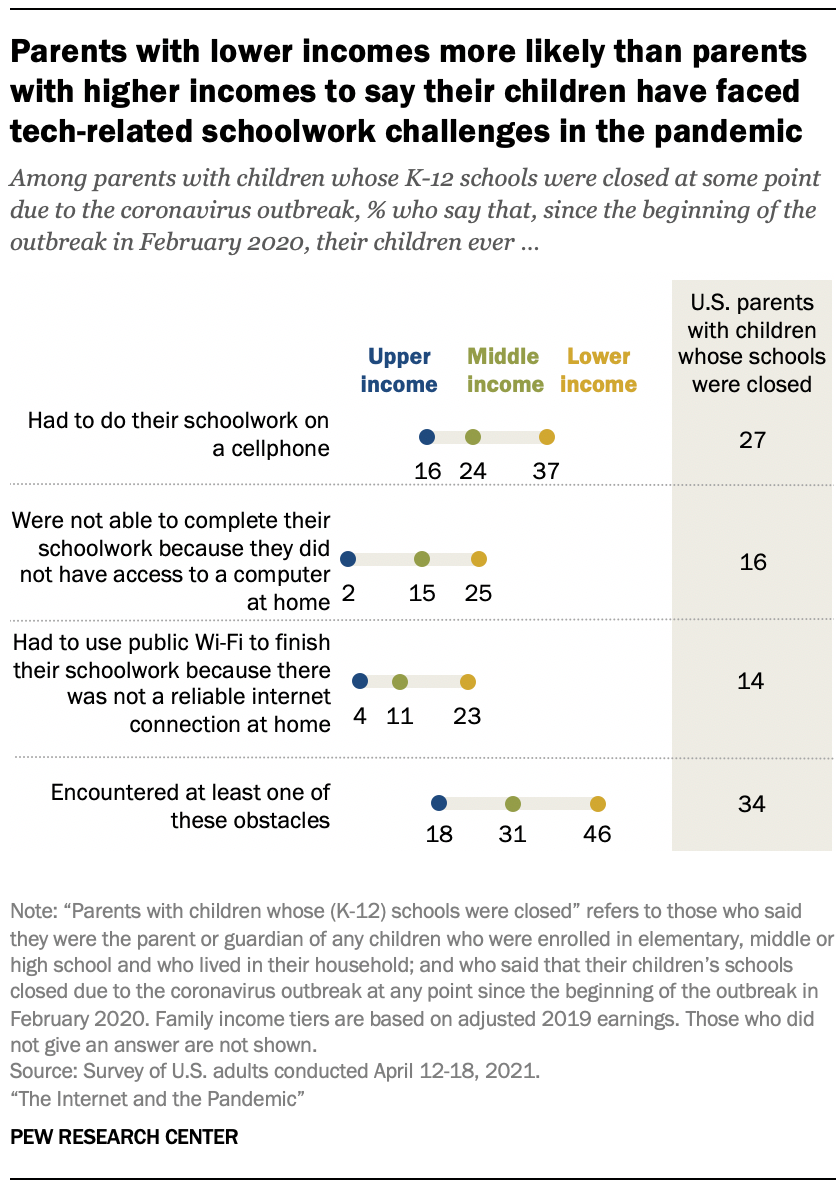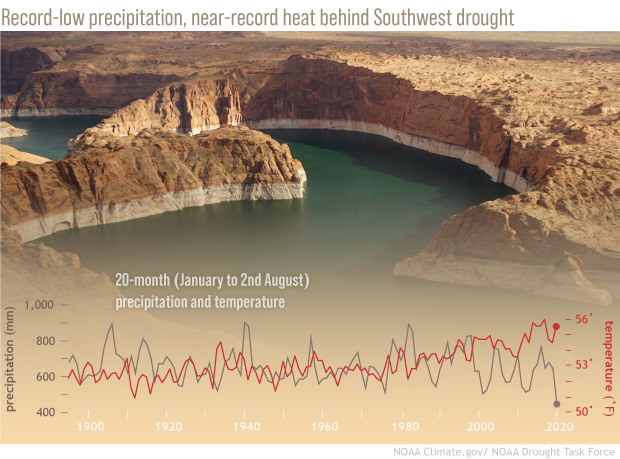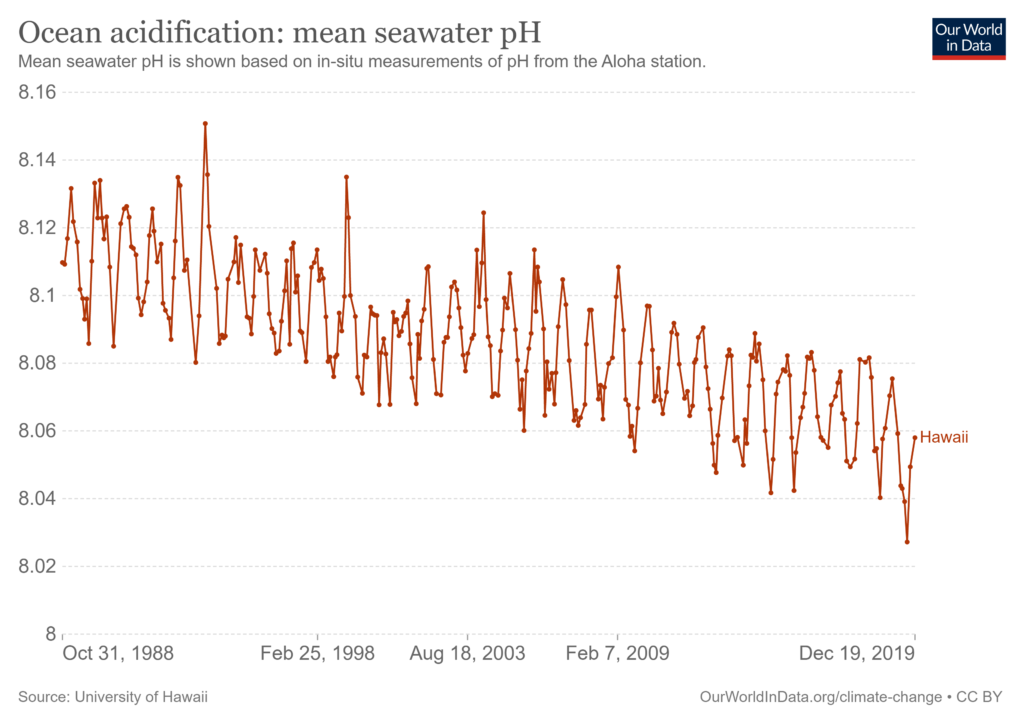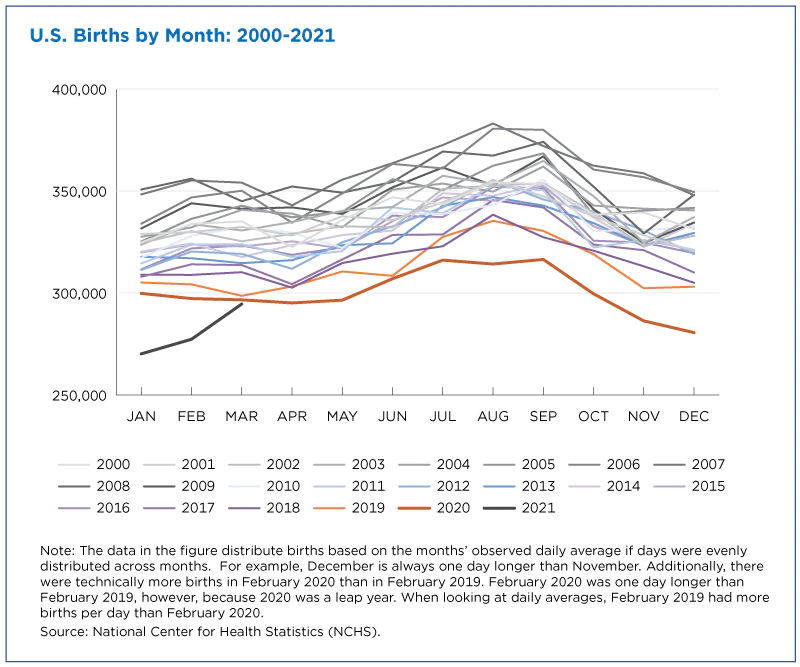 Our World in Data has an extensive post on Fish and Overfishing by Hannah Ritchie and Max Roser (first published Oct 2021). Here is one excerpt from this article:
Our World in Data has an extensive post on Fish and Overfishing by Hannah Ritchie and Max Roser (first published Oct 2021). Here is one excerpt from this article:
In the chart here we see five centuries of cod catch in Eastern Canada.1 These fishing records date back to the year 1500. We see that fish catch started to increase from around 1700 through to the mid-20th-century. It peaked in 1968, before a collapse in fish stocks led to a dramatic decline. In fact, fisheries were forced to close 24 years later, in the early 1990s. Since then, stocks have not been able to recover due to the reopening of fisheries and their overexploitation afterwards.
You can download the data for this chart and more than a dozen others in the post.

